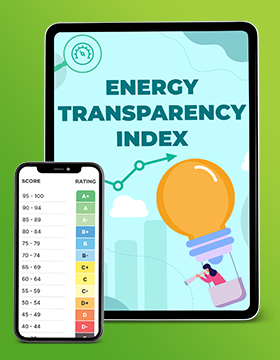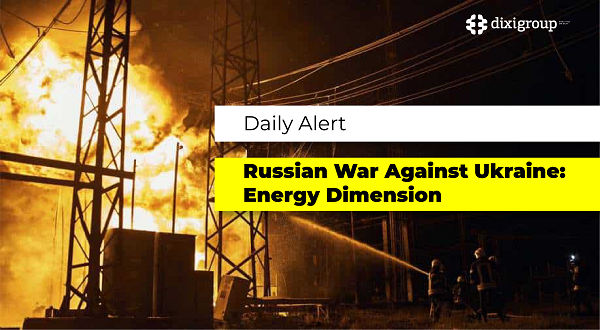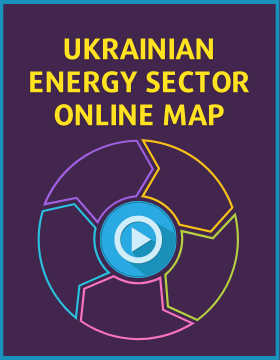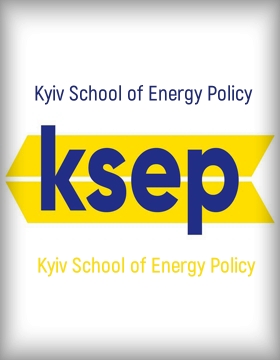Gas geopolitics 2025: Ukraine's role in Europe
What Ukraine loses and gains after the end of Russian gas transit

From January 1, 2025, Ukraine officially left the game as a transit country for Russian gas to Europe. This decision became not only a symbol of the end of an era, but also a catalyst for a new geopolitical configuration on the gas map of the continent. Against the backdrop of the EU's reorientation to alternative sources of supply, a key question arises: will Ukraine be able to maintain its strategic weight in European energy, or will it become a periphery of the new gas order?
For the first time in three decades, Ukraine has ceased to be a transit country for Russian gas to the EU. The contract with Gazprom was not extended, and a new round of negotiations did not even begin against the backdrop of a full-scale war. The isolation of Russia and the diversification of supplies have become a priority for Brussels, and Ukraine has become one of the first links in this gap.
Europe has already largely adapted to the post-Ukrainian gas architecture - there has been a significant increase in imports of liquefied natural gas (LNG) from the USA, Qatar, Nigeria and Australia; The Southern Gas Corridor is operating through Azerbaijan and Turkey; there is active investment in LNG terminals in Germany, Poland, and Croatia; gas storage facilities, including in Ukraine, play a strategic buffer role.
Thus, the EU’s gas balance is becoming less and less dependent on eastern supplies, including through the Ukrainian corridor.
Despite the cessation of transit, Ukraine has not disappeared from the European gas map. Moreover, some of its assets may gain new functionality in the changed landscape.
Ukraine has one of the largest gas production potentials in Europe — about 1 trillion cubic meters of geological reserves. In 2024, production reached almost 18 billion cubic meters, and plans to increase it are ongoing. However, the key deterrents remain military operations in the production regions (especially in the east), attacks on infrastructure, and limited access to financing and new technologies.
Currently, Ukraine has the largest underground gas storage facilities in Europe — over 30 billion cubic meters. m of active volume. In 2024, European traders were already actively pumping gas into them - both for resale and to insure winter risks.
The EU and individual countries (Germany, Hungary, Slovakia) see these storage facilities as a critically important tool for flexible market balancing, even without transit.
After stopping direct purchases from the Russian Federation, Ukraine covers the deficit through reverse routes - from Poland, Hungary, Slovakia, and partly Romania. Direct imports of Norwegian gas through LNG terminals in the EU are also being discussed.
However, Ukraine's energy security now directly depends on the availability of gas on the European market and the tariff policy of Western operators.
At first glance, Kyiv is losing its traditional status as a player - along with the cessation of transit, political leverage also disappears. However, the Ukrainian gas profile is transforming rather than disappearing - namely, the transition from "pipe" to "storage" - from a transit corridor to a logistics hub with flexible seasonal balancing tools. It is also worth mentioning the change in the logic of cooperation - not a "bridge" for Russian gas, but a partner in the EU's joint energy planning. The development of joint projects will also be relevant - for example, the creation of a regional gas hub, integration into the European market based on common rules.
However, Ukraine is still in a zone of turbulence. Main risks:
Russian gas presence in the region: Russia is developing alternative routes (Turkish Stream, LNG to Asia), while maintaining political influence through these tools.
The EU is gradually reducing interest in eastern infrastructure - which may reduce investments in the Ukrainian GTS and reduce Kyiv's geopolitical weight.
The need for a new energy strategy — Ukraine must integrate gas policy into a broader context: green energy, hydrogen, energy efficiency.
Ukraine has lost its status as an "energy artery", but has not lost its potential. In the context of European restructuring, it can offer new formats of partnership: as a storage facility, as a consumer, as a production partner. This requires a clear strategy: integration into the EU market, modernization of the GTS, development of new sources and energy efficiency.
So we must admit that our country is no longer part of the old gas chessboard — it has a chance to become a piece in Europe's new energy game.
Yuriy Atanov, specially for "Ukrainian Energy"








